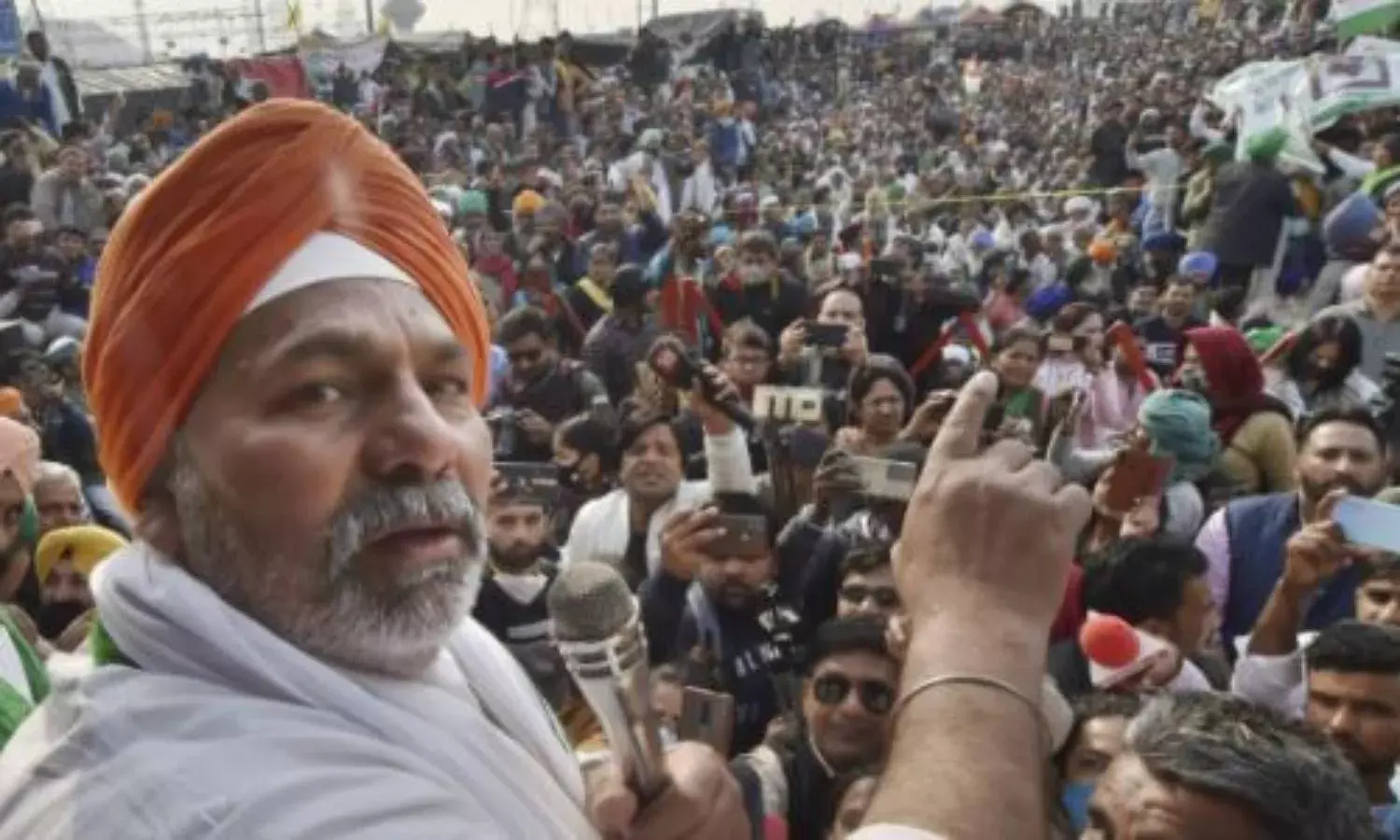Seizing their Moment in the Sun
Read, Write and Fight

A new book has become an instant bestseller on Amazon, pushing past classics like the autobiographies of Nelson Mandela and Malcolm X. The Shudras: Vision For a New Path, edited by Kancha Ilaiah Shepherd and Karthik Raja Karuppusamy, and its success in this critical moment sound the awakening of Shudra social forces.
It is these Shudra forces that are in protest all over the country as farmers. There is a rebellious mood among them, as the Union Government is perceived to be acting against food producers.
Fittingly, the book is dedicated ‘to the great Phules, Mahatma Jyotirao and Savitribai, who initiated the Shudra revolutionary movement of Read, Write and Fight for the first time in Indian history’.
Be it the Manusmriti from the early centuries CE or the Code of Gentoo Laws from the 1780s, throughout history a Shudra life remained discriminated and oppressed in the written word, with degrading and humiliating injunctions beginning from birth to death.
Subjects in major colonial societies around the world had a defined enemy: the colonisers. But in the subcontinent the Shudra, ati-Shudra and Adivasi masses had dual enemies. From the outside came colonialism, and brahmanism existed within.
The Phules resolved to fight both with a double edged weapon, the satyashodhak or truth-seeking movement, and by spreading modern education to the Shudra and ati-Shudra masses.
Strangely enough, Jyotiba’s famous book titled Gulamgiri was not about slavery imposed from outside, but that from within. This slavery continued despite the colonial state’s efforts to bring in modernity and educate the colonial subjects, albeit for the express purpose of having the colonial administration function efficiently.
The result, viewed in terms of educational attainment, shows a shoddy picture.
P. Radhakrishnan in his essay on ‘Backward Class Movements in Tamil Nadu’ published in Caste: Its Twentieth Century Avatar argues that in the period 1901–1917 the population share of Brahmans in the Madras Presidency was only around 3 percent, yet they accounted for 63–66 percent of all graduates.
At the same time, the proportional population of Shudras/Dalits and Adivasis together in the same Presidency was about 86 percent, while their share in terms of graduating students remained as low as 23–24 percent.
It is therefore no coincidence that E.V Ramaswamy Naicker ‘Periyar’ initiated the anti-Brahmin movement in the Madras Presidency, to seek civil rights and demand education and employment for Shudras and ati-Shudras.
The Justice Party he established in 1917 had far reaching consequences for Shudra assertion in the southern part of India.
On January 26, 1950 as the modern Constitution drafted under the able leadership of B.R Ambedkar came into effect, India became a republic and its people attained the status of citizens.
The citizens of any modern democratic republic undertake a variety of professional activities that often are both traditional and modern. In India, occupational professionals or workers in farming, animal rearing, handicrafts, or occupations like pottery, carpentry or metalwork, for example, are all born into a specific caste or sub-caste.
The majority of castes and communities engaged in such productive activities can be clubbed into the broad category of Shudra in our society.
Quite tragically, such productive communities are condemned to undertake the same profession as their forebears. Even today some argue that it was an ancient social category relevant in the times of Indo-Aryan society. Yet it persists in 21st century India.
It is pertinent to emphasise that Jyotirao Phule extensively used the terms Shudra and ati-Shudra, to mean caste groups that can be understood to mean, respectively, the unreserved Shudras like Jats, Gujjars, Yadavs, Kurmis, Patels, Marathas and so on (and also the OBCs or Other Backward Classes), and the SCs or Schedule Castes in today’s constitutional parlance.
The continued presence of caste and its deep connection to specific occupations lends credence to this use.
The Shudra masses of India have yet to reclaim their due share for the productive labour they have invested in making this nation since time immemorial.
But they did realise the value of ‘one person one vote’, and have increased their presence in the state and union legislatures.
They realised their electoral dividend, in an unprecedented phenomenon dubbed ‘India’s silent revolution’ by the political scientist Christophe Jaffrelot.
With the stroke of a pen the Mandal movement converted the entire Shudra citizenry into OBCs, given their continued social and educational backwardness.
It divided the Shudra community in two: those who would benefit from reservation and those, including the Jats, Patels, Marathas, Reddys, Nairs, Mudaliyars and others, who would not.
All communities in India are educationally and digitally divided, but the fate of the Shudras is perhaps the worst.
This book on the Shudras comes in turbulent times, when the farmers of India are at loggerheads with the RSS/BJP government of the day.
There is no denying that the majority of farmers belong to sub-castes within the larger Shudra category. They stuck in the regions with their regional caste names.
The book only validates the claim that Shudras are seizing their moment in the sun.
Arvind Kumar teaches at the Centre for the Study of Social Exclusion and Inclusive Policy, Jamia Millia Islamia, Delhi



